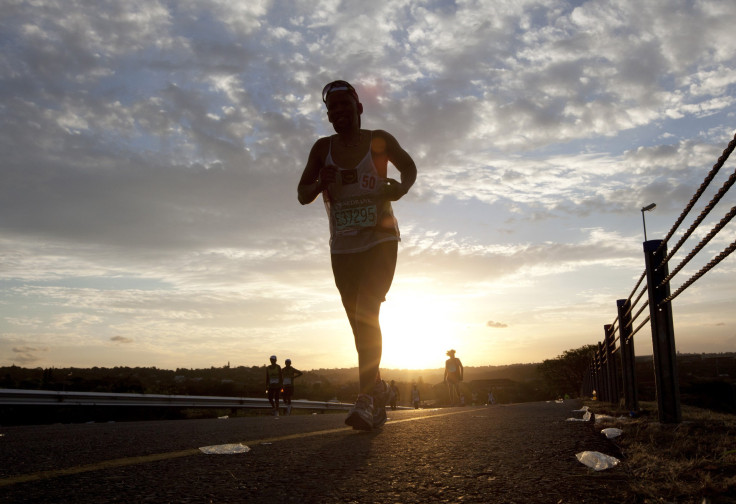Biological Clock Depends On Color Of Light, Not Brightness To Measure Time: Study

It is the color of light, not its brightness, which helps our biological clock measure time, according to a study, published in the journal PLOS Biology on Monday. The latest findings have helped researchers examine the change in light around dawn and dusk to analyze whether color could be used to determine the time of the day.
As part of the study conducted on mice, the researchers recorded electrical activity from the body clock while the animals were housed under lighting regimes with simulated dawn and dusk transitions. The researchers found that many of the cells of the animal were more sensitive to changes in color between blue and yellow, rather than to changes in brightness.
“This is the first time that we’ve been able to test the theory that color affects the body clock in mammals,” Timothy Brown from the University of Manchester, England, said in a statement. “It has always been very hard to separate the change in color to the change in brightness but using new experimental tools and a psychophysics approach we were successful.”
After recording the electrical activity, the researchers also used measurements of the changes in the color spectrum to construct an artificial sky, which could recreate the daily changes in color and brightness. The scientists kept the mice under the artificial sky for several days and recorded their body temperature.
The researchers observed that the highest body temperatures among the mice occurred just after night fell when the sky turned a darker blue, indicating that their body clock was working optimally. However, the mice became more active before dusk when only the brightness of the sky was changed, with no change in the color, demonstrating that their body clock was not properly aligned to the day and night cycle.
“What’s exciting about our research is that the same findings can be applied to humans,” Brown said. “So in theory color could be used to manipulate our clock, which could be useful for shift workers or travelers wanting to minimize jet lag.”
© Copyright IBTimes 2024. All rights reserved.






















